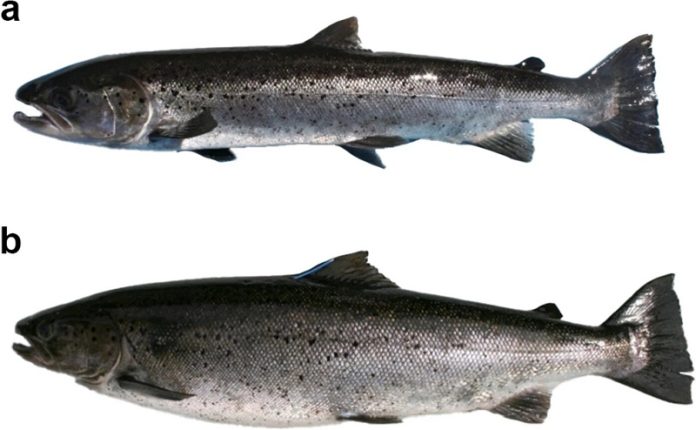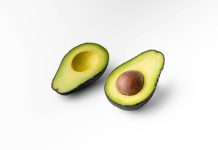
Have you ever imagined fish getting a second youth after having babies?
Well, a fascinating study has turned what we thought about fish growing old on its head!
It turns out that some fish, like the familiar cod and Atlantic herring, actually get a growth boost after they lay their eggs.
Dr. Daniel Pauly and his team have published a report in the journal Environmental Biology of Fishes that’s making waves in the world of fish biology.
They’ve discovered that after fish spawn—that’s the term for when they release their eggs—they suddenly start to breathe in more oxygen and get super hungry. This new appetite and oxygen boost make them put on weight pretty quickly.
For a long time, people believed that once fish reached a certain age and maturity, they’d stop growing because they used all their energy for making eggs or sperm.
But Dr. Pauly’s research says that’s not the case. The real game-changer for fish growth is how much oxygen they can get from their gills.
Here’s the scoop: As fish get bigger, their bodies grow in three dimensions, but their gills grow only in two. Imagine trying to breathe through a tiny straw while running a marathon—that’s how a fish feels as it gets larger; it needs more oxygen than its gills can provide.
This oxygen struggle sends signals in the fish’s body that say, “Hey, it’s time to make some babies!”
Before fish spawn, their reproductive organs, like ovaries or testes, can make up to 25% of their total weight and use up a lot of oxygen. But once they lay their eggs, there’s suddenly less body mass for the gills to supply oxygen to.
This means the fish get more oxygen than before, and with their big post-spawning appetite, they can turn their food into body weight much more effectively.
Dr. Pauly compares this to teenagers who seem to eat non-stop and grow rapidly. The difference for fish is that this growth spurt comes in weight, not length, after they’ve laid their eggs.
To figure all this out, the researchers looked at tons of studies about fish, focusing on the ‘gonadosomatic index’—a fancy way of saying the weight of the reproductive organs compared to the rest of the body in fish. They also looked at how much fish grow right after spawning.
Peter Sorensen, who worked with Dr. Pauly, mentioned that while many reports talk about fish growing quickly after spawning, they didn’t really explain why. Their study suggests that the extra oxygen the fish can use after spawning is enough to explain why they grow so much.
They even studied some of the most caught fish in Germany’s Western Baltic Kiel Bight to support their findings.
And what they found matches a theory called the Gill Oxygen Limitation Theory. Simply put, this theory says that how big a fish can grow is limited by how much oxygen its gills can supply.
This new research not only gives us insights into fish biology but could also be important for fish farming and conservation. Understanding how and when fish grow could help in managing fish populations better, especially for species that are important for commercial fishing.
So next time you see a fish right after it’s spawned, you might just be looking at a fish that’s living its second ‘youth’—growing and eating just like it did when it was much younger!
Follow us on Twitter for more articles about this topic.



